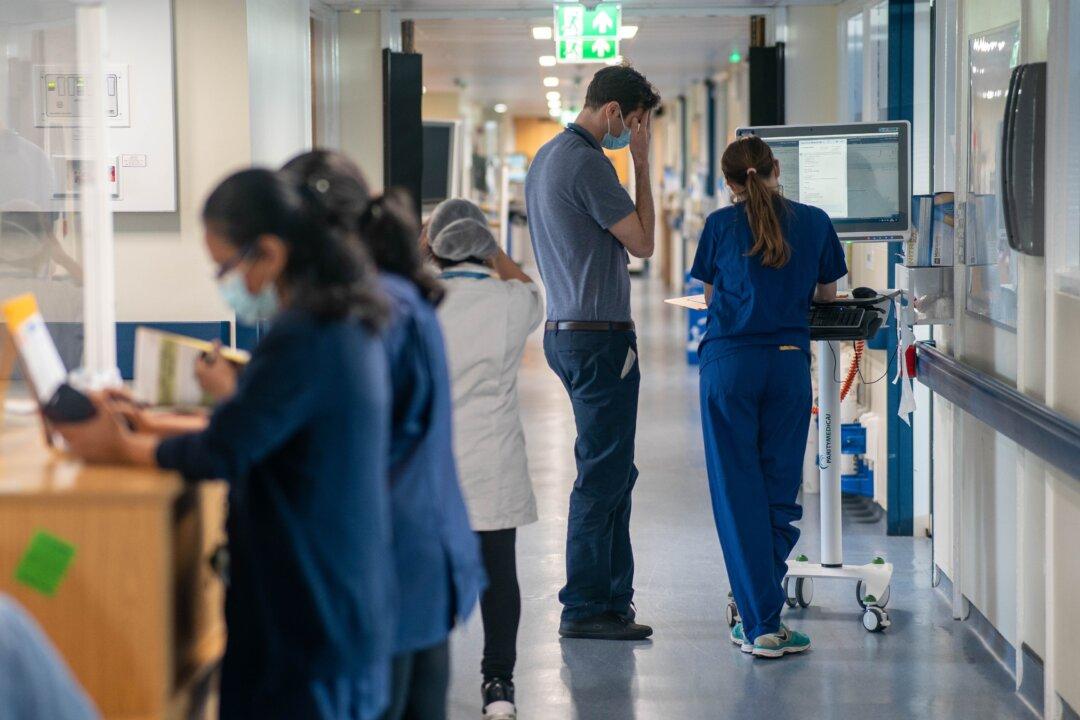More than 17,000 deaths could have been saved in the UK annually had the country performed at the level of the top OECD countries, a study has revealed.
Research conducted by the Institute of Global Health Innovation at Imperial College London showed that Britain is lagging behind other nations in providing safe and effective care for patients.





